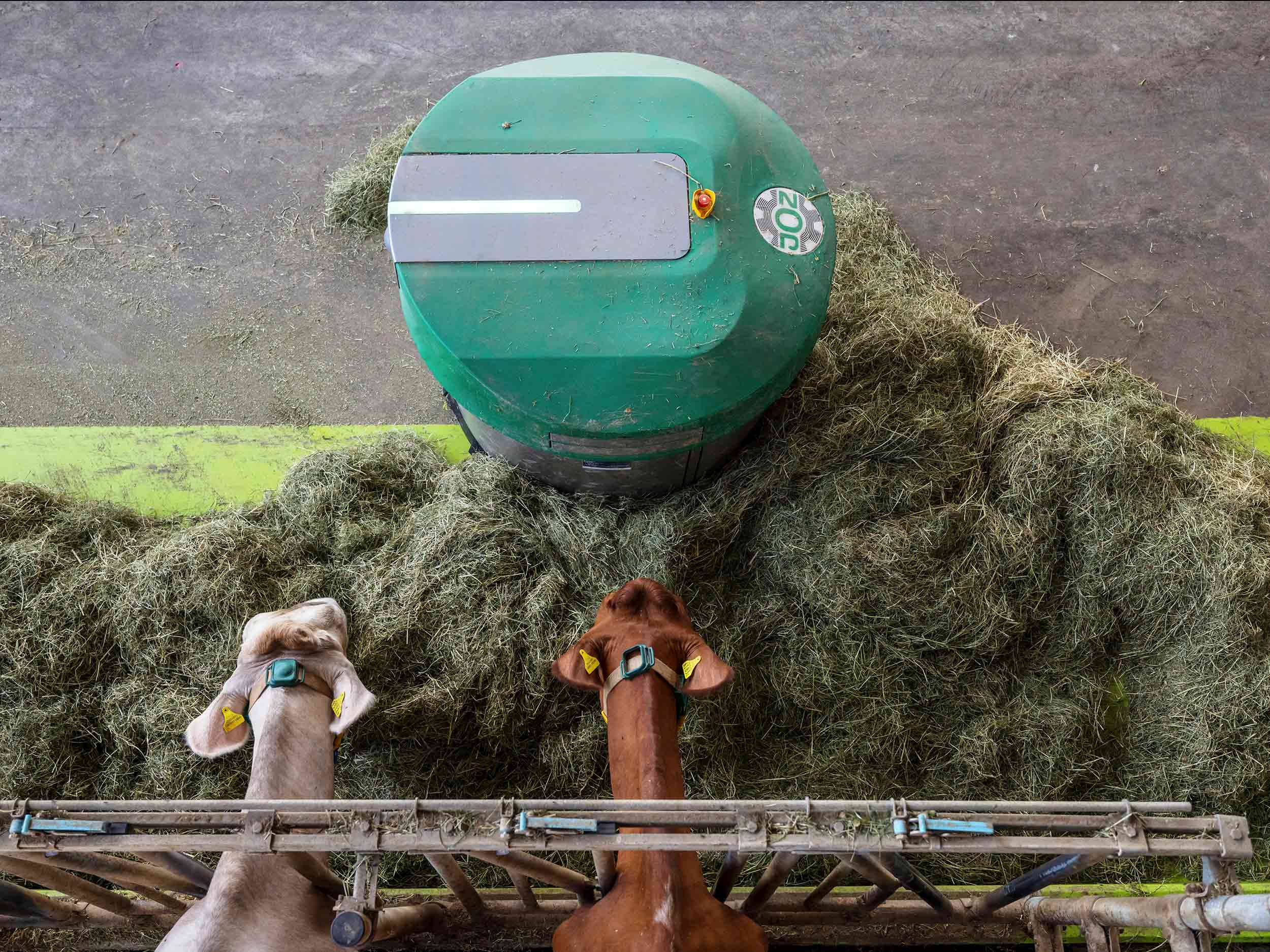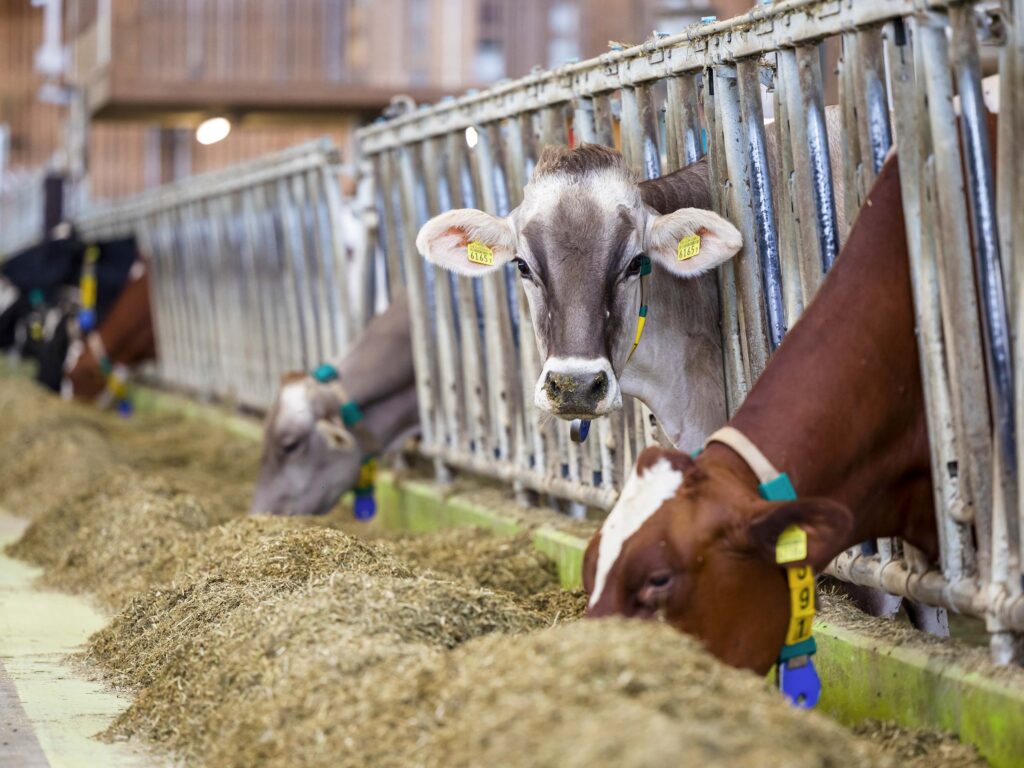Good for the cow, good for the climate

AgroVet-Strickhof, a cooperation between Strickhof, ETH Zurich and the University of Zurich, is looking for new types of feed to make the keeping and feeding of cows more climate-friendly. And so that every piece of cheese, butter or roast beef that comes onto the table.

Thanks to microorganisms in their stomachs, cows can produce milk and meat from feed that is inedible for humans. However, when the microorganisms break down the plant fibers, they produce the greenhouse gas methane, which the cow then emits when it chews its cud. Although methane is much shorter-lived in the atmosphere than CO2, it has a greenhouse gas effect that is around 25 times greater.
A cow emits around 330 liters of methane per day. This means that our cows are a burden on the greenhouse gas balance of agriculture. That’s why researchers at AgroVet-Strickhof, a collaboration between Strickhof, ETH Zurich and the University of Zurich in the field of education and research in agricultural and veterinary sciences, are looking for ways to reduce methane emissions from cows.
One possibility could be byproducts from food production that are not of interest for human consumption but are eaten by cows. Some of these leftovers contain substances that influence the microorganisms to produce less methane. Similarly, bioactive substances in various plants can also reduce methane emissions.
The feeds given to cows have different effects on methane emissions, milk yield and animal welfare. You can test this out on the model cow on site using examples.


